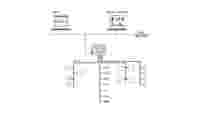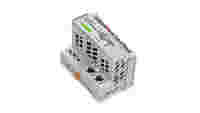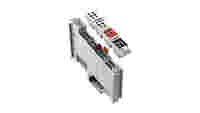As an open standard, KNX technology provides a uniform, convenient user interface for home and building automation – from residential to commercial applications. Thanks to a broad range of applications, numerous devices and systems can be linked together with KNX. For example, this allows a networked system consisting of lighting, shading and HVAC to be easily controlled in commercial and utility buildings according to user requirements.
The individual components of a KNX system include sensors and actuators. Sensors such as thermostats, switches or wind gauges, generate commands in the form of telegrams. These telegrams are turned into actions by the actuators (e.g., switching relays for blinds or lighting). A two-wire bus line provides the connection, and thus telegram traffic, between sensors and actuators. As a result, individual system components do not have to be networked, which significantly reduces the amount of wiring.




